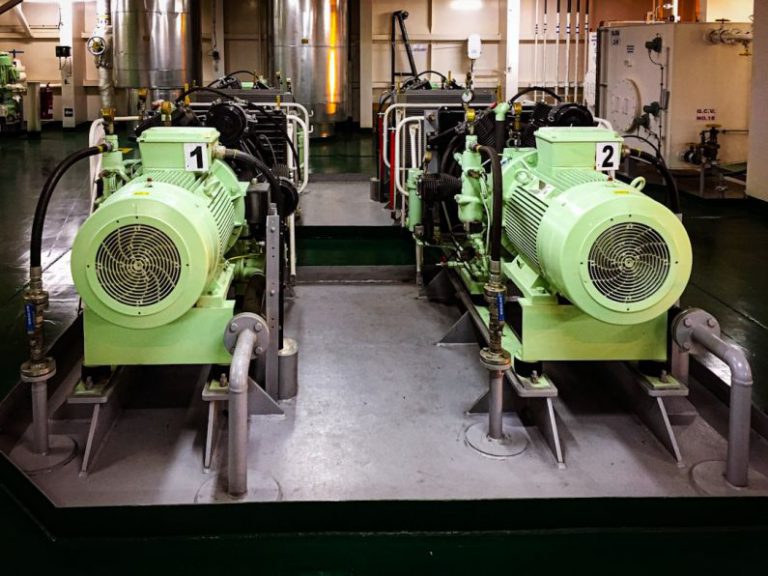The Best Practices for Storing Retreaded Tires
Retreaded tires are a cost-effective and environmentally friendly alternative to purchasing new tires. However, proper storage is crucial to ensure that these retreaded tires maintain their quality and longevity. Implementing the best practices for storing retreaded tires can help prevent damage and deterioration, ultimately saving you money in the long run. In this article, we will discuss some essential tips for storing retreaded tires effectively.
**Climate-controlled Storage**
One of the most critical factors in storing retreaded tires is maintaining a consistent climate-controlled environment. Extreme temperatures can have a detrimental effect on the rubber compounds used in retreaded tires, leading to cracking and premature wear. Ideally, retreaded tires should be stored in a cool, dry place away from direct sunlight and sources of heat. Fluctuations in temperature can also cause the rubber to degrade, so investing in a climate-controlled storage facility is recommended for optimal tire preservation.
**Proper Stacking and Handling**
When storing retreaded tires, it is essential to stack them properly to prevent damage. Avoid stacking tires too high, as this can put excess pressure on the tires at the bottom of the stack, causing deformation. Additionally, tires should be stored upright rather than on their sides to maintain their shape and integrity. When handling retreaded tires, be careful not to drop or throw them, as this can lead to internal damage that may not be immediately visible.
**Regular Inspections**
Regular inspections of stored retreaded tires are crucial for identifying any signs of damage or deterioration early on. Check for any visible cracks, bulges, or punctures that could compromise the structural integrity of the tire. Inspect the tread depth to ensure that it has not worn down significantly during storage. By catching potential issues early, you can take proactive measures to address them before they escalate and render the tire unusable.
**Rotation Schedule**
To prevent flat spots and uneven wear, it is recommended to implement a rotation schedule for stored retreaded tires. Periodically moving the tires to different positions within the storage area can help distribute the weight evenly and maintain the shape of the tires. This practice can also help prevent flat spotting, which can occur when tires remain stationary for extended periods.
**Clean and Dry Storage Area**
Maintaining a clean and dry storage area is essential for preserving the quality of retreaded tires. Moisture and debris can accelerate the degradation of the rubber compounds in the tires, leading to premature wear and potential safety hazards. Regularly clean the storage area to remove any dirt, dust, or debris that could come into contact with the tires. Additionally, ensure that the storage area is well ventilated to prevent moisture buildup, which can promote mold and mildew growth.
**Conclusion: Ensuring Longevity and Performance**
In conclusion, implementing the best practices for storing retreaded tires is essential for ensuring their longevity and performance. By maintaining a climate-controlled storage environment, stacking and handling tires properly, conducting regular inspections, implementing a rotation schedule, and keeping the storage area clean and dry, you can extend the life of your retreaded tires and maximize their value. Following these guidelines will not only save you money in the long run but also contribute to a safer driving experience. Prioritizing proper tire storage is a simple yet effective way to protect your investment and get the most out of your retreaded tires.






